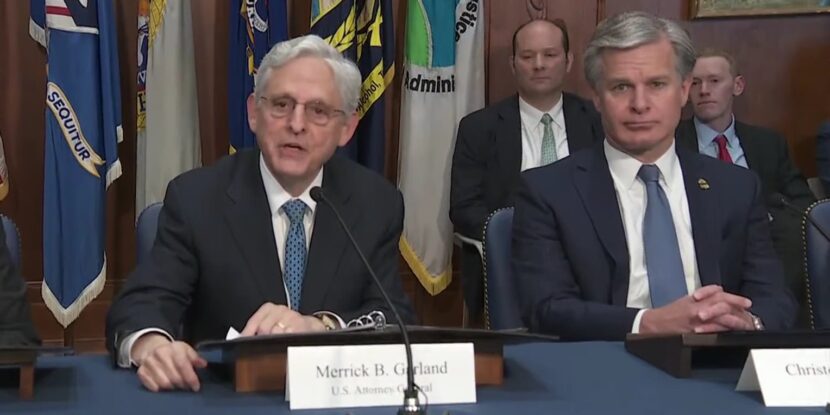Death rates for child and teen cancer in the United States have seen a 24 percent decrease from 2001 to 2021, a recent report by the Centers for Disease Control and Prevention (CDC) claims. The evaluation scrutinized the mortality rates for non-Hispanic white, Black, and Hispanic youths up to the age of 19, who constituted 92 percent of all youth cancer deaths in 2021. Although death rates had reduced across all groups and ages until 2011, after this point, only the under 10 age group saw significant drops. For white children, the diminishing trend continued past 2011, while for Hispanic youths the decrease was marginal, and for Black youths it actually increased.
According to the data procured from the National Vital Statistics System, by 2021, the death rate for white youths was 19-20 percent lower compared to their Black and Hispanic counterparts. The report disclosed that the reduction in death rates was seen across all five-year age groups, genders, and races. In explaining the overall decline, pediatric oncologists suggest advancements in certain cancer treatments are likely to be the reason.
Despite the reducing death rates, the report also revealed that cancer diagnosis has risen over the past decade, particularly for leukemia, which had the most rapid surge of all cancers from 1998 to 2018. Leukemia accounts for nearly a third of all pediatric cancer diagnoses, though in 2021, brain cancer led to more deaths among youths. The CDC report found a 47 percent reduction in deaths due to leukemia from 2001 to 2021, with immunotherapy advancements pointed out as a factor in the decrease. However, the same progress has not been observed in treatment for brain and bone and articular cartilage cancers.



















